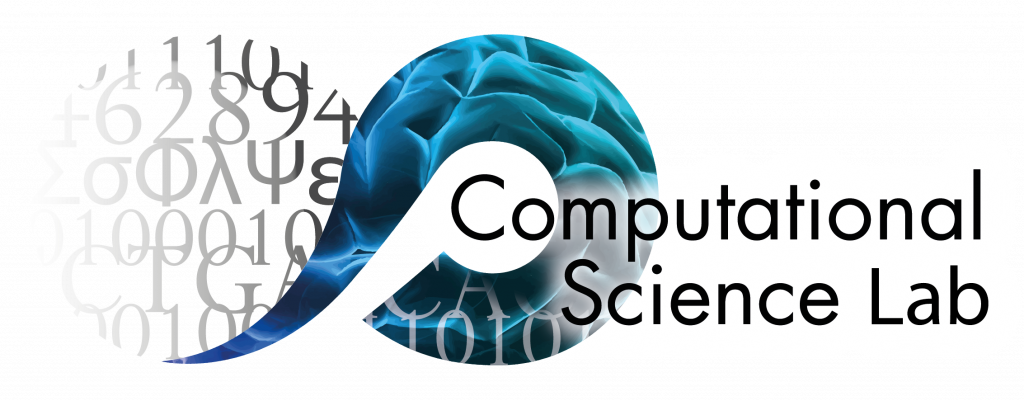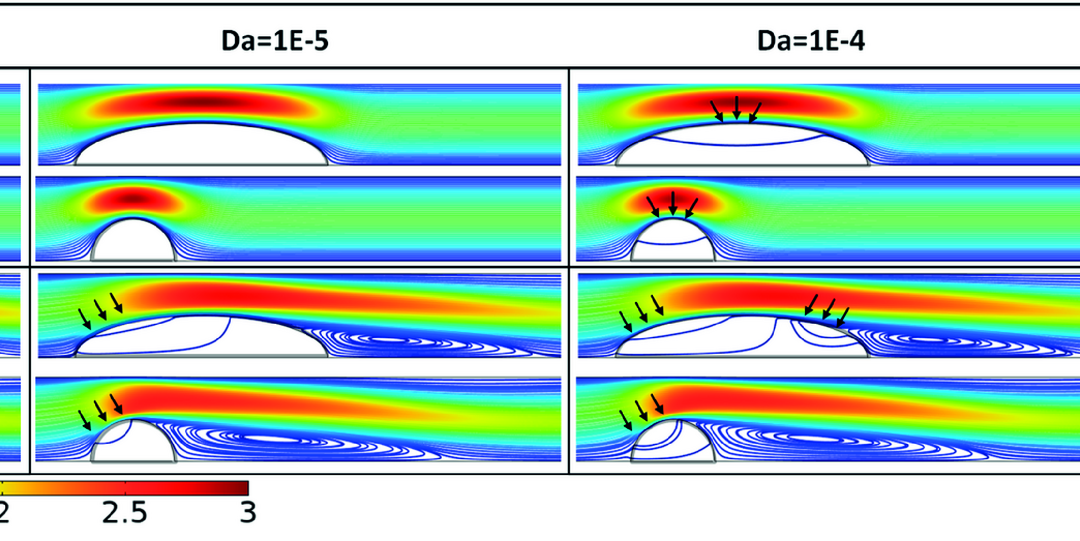
Niksa Mohammadi Bagheri, Gábor Závodszky & Alfons Hoekstra have published a new paper in Plos One on the flow dynamics of porous blood clots.
Platelet aggregation is regulated by a series of chemical reactions that control platelet adhesion on a thrombogenic surface. These reactions are influenced by the complex interaction between reaction kinetics and hemodynamics. This study systematically investigates the transport of platelets, considering the interaction between flow-mediated mass transfer mechanisms and reaction kinetics as a function of clot permeability. A two-dimensional finite element model is developed to replicate static blood flow, platelet transport, and adhesion on a semi-elliptical and semi-circular structure representing permeable clots. The platelet-clot interface interactions are extensively investigated using a hindered transport model, focusing on clot permeabilities, reaction rates, and flow conditions. In the case of clots with highly reactive surfaces, an increase in clot permeability can lead up to four-fold increase in total platelet flux compared to non-permeable clots due to differences in transport environments.
For more details see https://doi.org/10.1371/journal.pone.0317828

